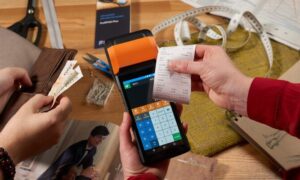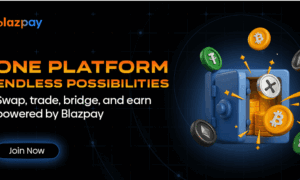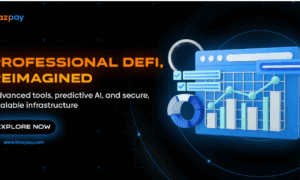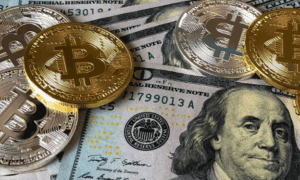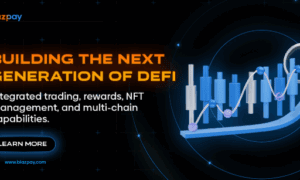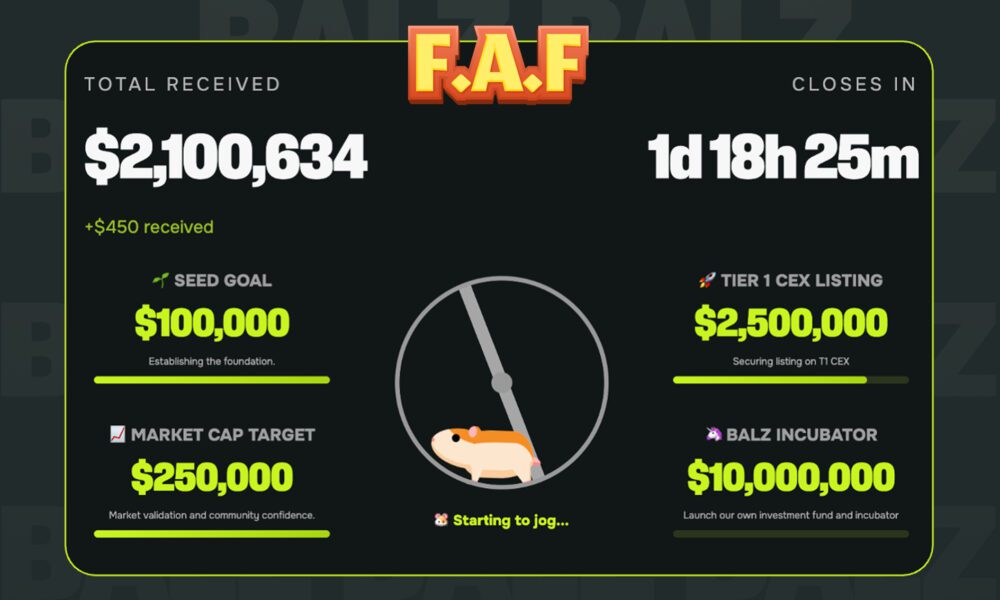The way people pay for city bills and utilities has undergone a remarkable transformation. The rapid evolution of technology has enabled municipalities and utility providers to adopt modern payment solutions that prioritize convenience, security, and efficiency. Among these advancements, contactless payment solutions stand out as a game-changer. These methods not only simplify the payment process but also align with the growing demand for digital and touch-free transactions.
The Rise of Contactless Payment Methods
Contactless payment methods have gained significant traction in recent years due to their ease of use and enhanced safety. With the advent of technologies like Near Field Communication (NFC) and QR codes, individuals can now make payments without the need to physically handle cash or touch shared surfaces. This shift has been further accelerated by the global pandemic, which emphasized the importance of reducing physical contact during transactions.
Municipalities and utility providers have recognized the benefits of adopting contactless solutions. These methods not only streamline operations but also improve customer satisfaction by offering fast and secure payment options. From mobile wallets to online platforms, the range of contactless solutions continues to expand, catering to diverse customer preferences.
Mobile Wallets: A Convenient Option for Paying Bills
Mobile wallets, such as Apple Pay, Google Pay, and Samsung Pay, have revolutionized the way people make payments. These digital wallets allow users to store their payment information securely on their smartphones. With just a tap or scan, individuals can pay their city bills and utilities instantly.
One of the major advantages of mobile wallets is their integration with other digital services. For example, users can receive bill reminders, view payment history, and set up automated payments, all within a single app. This level of convenience eliminates the need for manual paperwork and reduces the risk of late payments.
Moreover, mobile wallets offer robust security features, such as tokenization and biometric authentication. These measures ensure that sensitive payment information is protected, giving users peace of mind while making transactions.
Online Payment Portals: Accessible and User-Friendly
Online payment portals are another popular contactless solution for paying city bills and utilities. These platforms are typically hosted on the websites of municipalities or utility providers, allowing users to log in and manage their accounts.
Through these portals, customers can pay their bills using various methods, including credit cards, debit cards, and bank transfers. Some portals also offer the option to schedule recurring payments, ensuring that bills are paid on time every month. Additionally, many platforms provide detailed billing information, enabling users to track their consumption and manage their expenses more effectively.
Online payment portals are designed to be user-friendly, with intuitive interfaces that guide users through the payment process. They are accessible from any device with an internet connection, making it easy for customers to pay their bills from the comfort of their homes.
QR Code Payments: A Quick and Easy Alternative
QR code payments have emerged as a simple and efficient way to pay for city bills and utilities. With this method, customers scan a QR code displayed on their bill or on a provider’s website using their smartphone camera. The code redirects them to a secure payment page where they can complete the transaction.
One of the key benefits of QR code payments is their speed. The entire process takes only a few seconds, making it an ideal solution for busy individuals. Additionally, QR codes eliminate the need for customers to manually enter payment details, reducing the likelihood of errors.
Utility providers can also leverage QR codes to enhance customer engagement. For instance, they can embed additional information, such as payment instructions or links to support services, within the code. This not only simplifies the payment process but also improves the overall customer experience.
Mobile Apps for Utility Payments
Many municipalities and utility companies have developed dedicated mobile apps to facilitate contactless payments. These apps serve as a one-stop solution for managing utility accounts, offering features such as bill tracking, payment notifications, and consumption analysis.
With these apps, users can link their payment methods and pay their bills with just a few taps. Some apps also support integration with smart home devices, enabling customers to monitor their energy or water usage in real time. This level of convenience empowers users to take control of their utility expenses while enjoying a seamless payment experience.
In addition to payment features, mobile apps often provide valuable resources, such as energy-saving tips or updates on service disruptions. By offering a comprehensive suite of services, these apps enhance customer satisfaction and build trust between providers and their customers.
Contactless Kiosks: Bridging the Gap Between Digital and Physical Payments
For individuals who prefer to make payments in person but want to avoid physical contact, contactless kiosks offer an excellent solution. These self-service machines are equipped with touchless payment options, such as NFC readers and QR code scanners, allowing customers to complete transactions without handling cash or touching buttons.
Contactless kiosks are often placed in convenient locations, such as city halls, utility offices, and shopping centers. They provide a user-friendly interface that guides customers through the payment process, ensuring a smooth and efficient experience.
Additionally, contactless kiosks support multiple payment methods, including mobile wallets, credit cards, and prepaid cards. This flexibility makes them accessible to a wide range of users, including those who may not have access to online payment options.
The Benefits of Contactless Solutions for Paying City Bills and Utilities
Enhanced Convenience
Contactless payment solutions eliminate the need for physical visits to payment centers, allowing customers to pay their bills anytime and anywhere. This level of convenience is particularly beneficial for individuals with busy schedules or limited mobility.
Improved Security
With features like encryption, tokenization, and biometric authentication, contactless payments offer a high level of security. These measures protect sensitive customer information and reduce the risk of fraud.
Faster Transactions
Contactless payments are designed to be quick and efficient. Whether using a mobile wallet, scanning a QR code, or tapping a card, customers can complete transactions in seconds.
Environmental Benefits
By reducing the reliance on paper bills and receipts, contactless payment solutions contribute to environmental sustainability. Digital payments help minimize waste and promote eco-friendly practices.
Increased Accessibility
Contactless payment methods cater to a diverse range of users, including those who may not have access to traditional banking services. For instance, mobile wallets and prepaid cards provide flexible options for unbanked or underbanked individuals.
The Future of Contactless Payments in Municipal Services
As technology continues to advance, the adoption of contactless payment solutions is expected to grow. Emerging trends, such as the integration of artificial intelligence and blockchain, hold the potential to further enhance the efficiency and security of these systems.
Municipalities and utility providers are also exploring innovative ways to improve customer engagement through contactless solutions. For example, the use of chatbots for customer support and gamification elements to encourage timely payments are gaining popularity.
Furthermore, the increasing availability of high-speed internet and smartphones is making contactless payment solutions more accessible to communities worldwide. This trend underscores the importance of investing in digital infrastructure to support the widespread adoption of these technologies.
Conclusion
Contactless payment solutions have revolutionized the way people pay for city bills and utilities. By offering a seamless, secure, and efficient payment experience, these methods have become the preferred choice for many customers. From mobile wallets and online portals to QR codes and contactless kiosks, the range of options ensures that there is a solution for everyone. As municipalities and utility providers continue to embrace digital transformation, the future of contactless payments looks promising. By prioritizing convenience, security, and accessibility, these solutions are paving the way for a smarter and more connected world.


